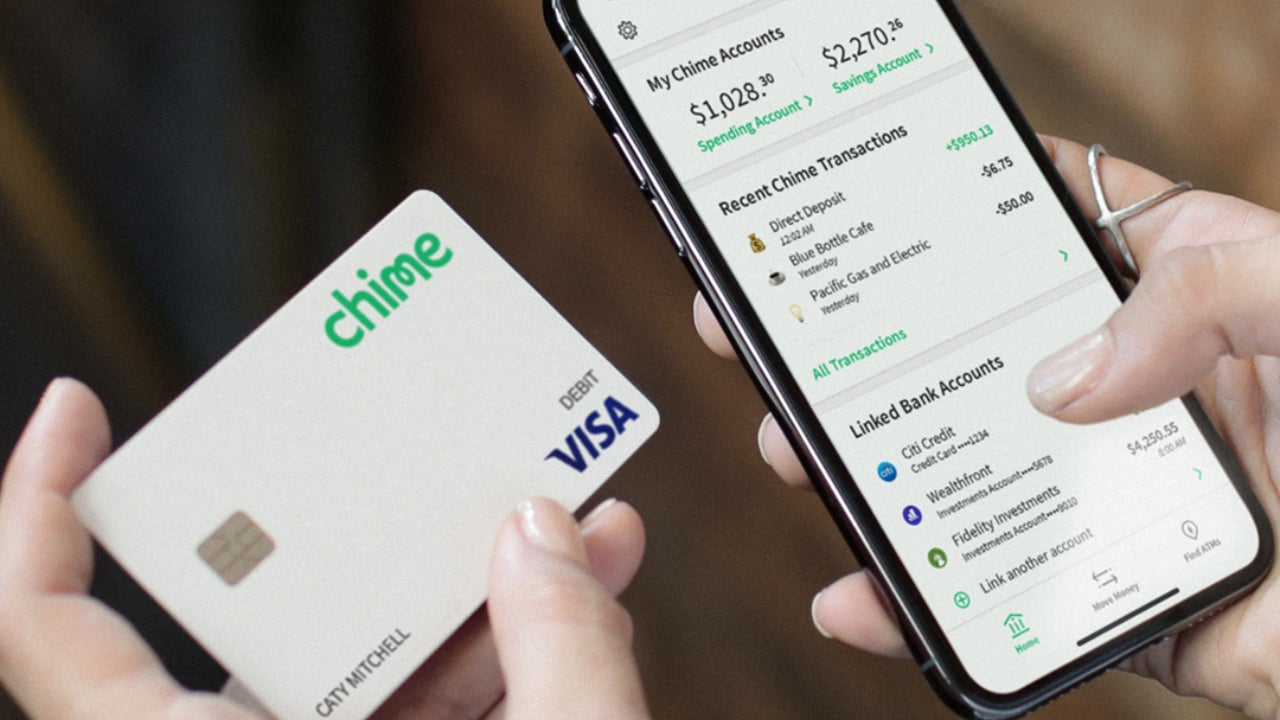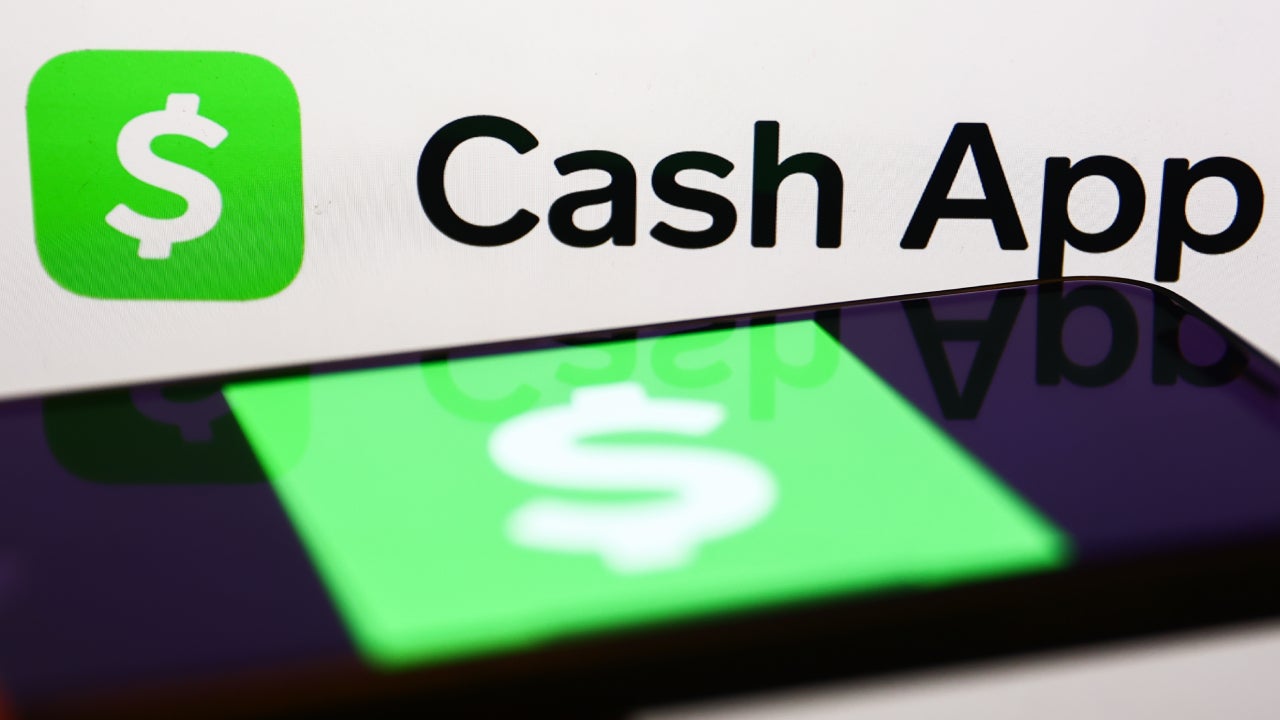The best cash back apps of 2025

Key takeaways
- Shoppers have numerous options for earning cash back on their everyday purchases via a cash back app.
- By pairing a top cash back credit card with the benefits of a cash back app, you have the opportunity to save even more money while shopping.
- Some apps also offer additional features such as price comparisons, coupon codes and price drop alerts to help you save even more money.
If you like earning cash back on your purchases, you might already have one of the best cash back credit cards in your wallet. But have you also tried using one of the best cash back apps?
Pairing a top cash back credit card with a popular cash back app can help you save money on groceries, clothing, restaurants and more. And, some of the best cash back apps automatically search for coupon codes, send price drop alerts or help you earn cash back through your store loyalty accounts.
But which cash back apps are best for you? Whether you want to earn cash back on groceries, save money when you travel or use your cash back app to compare prices online, the apps outlined below can help you save, earn and get even more out of your shopping.
Rakuten: Best for shopping
If you want to start using one of the best cash back apps for shopping, it may be worth it to sign up with Rakuten. This popular cash back app, formerly known as Ebates, gives you cash back when you shop at over 3,500 popular retailers. You can use Rakuten’s Double Cash Back deals to earn even more cash back on your purchases, or combine cash back offers with Rakuten coupons to save money as you earn.
To earn cash back with Rakuten, open the Rakuten app, install the Rakuten browser extension or visit the Rakuten website. Select a retailer, click through the Rakuten link and then shop as usual. Rakuten will automatically apply the cash back you’ve earned to your account, and you can receive payment through PayPal or a mailed check.
Unfortunately, Rakuten only pays out every three months — a clear disadvantage for those who want their cash paid out faster. If you’re hoping to get paid every week, it’s probably not the best cash back app for you.
On the plus side, Rakuten typically offers a welcome bonus just for signing up. And if you have an eligible American Express credit card, the cash back you earn on Rakuten can be turned into Membership Rewards points.
Capital One Shopping: Best for price comparisons
Want to know if you’re getting the best price on something? Capital One Shopping searches thousands of merchants to help you compare prices within seconds and connects you with the best deals on whatever it is you’re planning to buy. When you’re ready to make your purchase, Capital One Shopping automatically searches for valid coupon codes that might help you save even more. Or, if you want to wait on your purchase until the next big sale, Capital One Shopping can even send you price drop alerts.
To use Capital One Shopping, download the browser extension or install the app. You don’t need a Capital One account to use Capital One Shopping, either. Simply install, activate and shop as usual. Capital One Shopping will automatically search for deals and coupon codes to help you maximize your online shopping.
You can also earn Shopping Rewards for select purchases. These rewards can only be redeemed for gift cards, which is probably Capital One Shopping’s biggest drawback. However, if you want to earn a little extra money as you compare prices and track the best deals, Capital One Shopping might be right for you.
Ibotta: Best for groceries
Want to earn cash back when you shop for groceries? Ibotta has you covered. Although Ibotta offers cash back on purchases with many different brands and retailers, it stands out as one of the best cash apps for groceries — whether you like to do your shopping in-store or prefer to have it delivered.
To earn with Ibotta, you should start by downloading the app or installing the browser extension. Search Ibotta for cash back offers at your favorite retailers, as well as money-saving offers associated with your favorite brands and products. Activate your cash back offers if you’re shopping from your computer, or add the offers you want to claim to your Ibotta shopping list if you’re planning to shop in-store. From there, shop as usual.
If you’re shopping on your computer, any activated cash back offers will automatically be applied to your Ibotta account. If you’re shopping in person, you may need to upload your receipt to Ibotta before your cash back can be applied. Consider linking your store loyalty accounts to the Ibotta app so that Ibotta can automatically track your purchases and apply the cash back you’ve earned without requiring you to upload a receipt.
Keep in mind that you have to activate Ibotta deals or add Ibotta offers to your shopping list before you can earn cash back. That extra step makes it harder to maximize your rewards earnings, especially if you often find yourself forgetting to activate your deals.
Ibotta lets you withdraw your earnings as soon as you’ve earned $20 in cash back rewards, too. The cash back you’ve earned can be deposited in a bank account or can be redeemed for gift cards. That alone can make this cash back app a standout compared to the other options. And don’t forget to maximize your cash back by paying with a card that earns boosted rewards on your purchases.
Upside: Best for gas
If you make a lot of gas, grocery, restaurant or convenience store purchases, Upside may be able to help you earn cash back on these common everyday expenses.
Unlike some of the other cash back apps on our list, Upside is designed to be an app you use while you’re out and about buying groceries or filling up your car. You won’t find online shopping opportunities with Upside, but you might find a few opportunities to save in your immediate local area.
To use Upside, you’ll need to download the app, make an account and look for offers in the local area. When you find a good deal, claim your offer and make your purchase. Confirm your purchase on the Upside app or upload your receipt, and your cash back will be applied to your Upside account. Remember to pay with a good cash back credit card to stack your rewards and earn even more.
Your Upside cash back never expires and can be redeemed directly to your bank account or PayPal. You can also use your Upside cash back to purchase gift cards.
Fetch: Best for receipts
Fetch has been around for over a decade, but you may have first heard of this rewards app during its 2025 Super Bowl commercial when they ran a live sweepstakes giving away $1.2 million in $10,000 increments to 120 new users. In fact, they just ran another $1 million sweepstakes promoting Fetch Play activity amongst users — which brings us to how to earn cash back with Fetch.
Fetch rewards you with 25 points for every scanned receipt (limit of 35 receipts within a seven-day period) and extra points for purchasing featured brands. But here’s the fun part: you can also earn points using the in-app feature Fetch Play, which rewards you for playing popular games such as Candy Crush, Monopoly Go, Scrabble GO, Clash of Clans and many more. Average users earn 3,000 points a week with Fetch Play.
Points can be redeemed by receiving cash back via gift cards, donating to charity or entering into a Fetch sweepstakes. However, it is worth noting that points do expire after 90 days if your account is inactive.
RetailMeNot: Best for discounts
When you add RetailMeNot’s browser extension to your favorite browser, RetailMeNot will automatically find deals, coupons and cash back offers as you shop. However, RetailMeNot’s biggest strength is its discounts. The app regularly offers deals for up to 60 percent off on popular brands like Target, Pottery Barn and Carter’s.
Unfortunately, RetailMeNot puts some limits on the amount of cash back rewards you can earn. You’re limited to 7 rewards per retailer and 20 rewards total per month. Your cash back rewards can take up to 45 days to process, after which they can be redeemed through PayPal or Venmo (minimum withdrawal of $5.01 required).
The cash back limits and processing times are the main shortcomings of this otherwise popular cash back app, but shoppers who want to search RetailMeNot for discounts or use the browser extension to take advantage of deals and coupons can still get a lot out of the service.
The bottom line
The best cash back apps help you save money and earn cash back on the products you already purchase — like gas, groceries, clothing and more. Some apps notify you of upcoming deals while others can help you find the best cash back rates at businesses located in your immediate area.
By pairing a cash back credit card with a cash back app, you can get more bang for your buck. Consider pairing your favorite cash back app with a good flat-rate cash back card, a credit card with rotating bonus categories or a flexible store card to maximize your cash back and save even more.
Frequently asked questions
Why we ask for feedback Your feedback helps us improve our content and services. It takes less than a minute to complete.
Your responses are anonymous and will only be used for improving our website.






